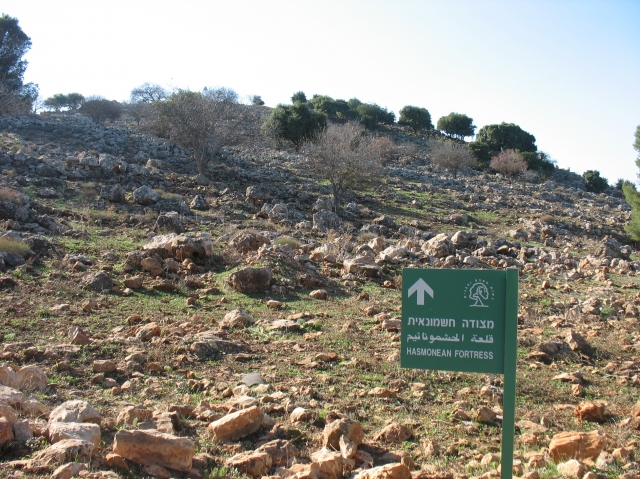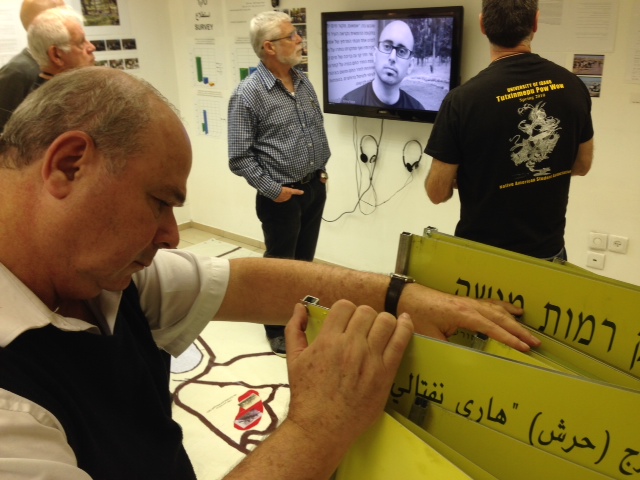Info
District: Safed
Population 1948: 290
Occupation date: 01/05/1948
Jewish settlements on village/town land before 1948: None
Jewish settlements on village/town land after 1948: None
Background:
Harrawi Before 1948
The village was situated on a mountain peak in eastern Upper Galilee, overlooking the al-Hula Plain. A trail that passed it in a northwestern direction linked it to the village of Qadas. Forests abounded in the area around the village. Its houses were generally grouped close together in a circular pattern, although some newer housing was built toward the east. The people of Harrawi were descendants of I3edouin from the ‘Arab al-Hamdun tribe. Some of them continued to migrate in winter to the lowlands adjacent to the al-Hula Plain, where their animals could graze. They also worked in agriculture, and in 1944/45 they planted a total of 551 dunums in cereals. Evidence of earlier habitation, most of which appears to date to the Byzantine period, abounds in the village. The ruins include the foundations of walls, tessellated floors, a wine-press, and Greek inscriptions.
Occupation and Depopulation
An early incident in the vicinity of the village was reported in February 1948 by the Palestinian daily Filastin. According to that report, an Arab bus en route from al-Hula to Safad was ambushed at Harrawi on 12 February by a Zionist military unit. A mine exploded under the bus and the attackers fired at the passengers and threw firebombs, killing four people.
On 5 May 1948, Arab Liberation Army (ALA) commander Fawzi al-Qawuqji reported that “the Jews have occupied all the hills around Harrawi.” This occurred in the early stages of Operation Yiftach (see Abil al~Qamh, Salad District). The area was defended by the ALA’s Second Yarmuk Battalion, commanded by Lt. Col. Adib al-Shishakli, later president of Syria. The village was probably occupied by mid-May, because Arab forces claimed to have reoccupied Harrawi after the entry of Arab armies into Palestine. ANew York Times report out of Damascus stated on 17 May that Lebanese troops and Arab “irregulars” supported by Syrian aircraft had claimed victories at Harrawi and al-Malikiyya, 5 km to the northwest. The village may not have remained long in Arab hands, however, since the closest villages to Harrawi, Mallaha and Baysamun, both fell into Israeli hands at the very end of Operation Yiftach, on 25 May.
Israeli Settlements on Village Lands
No Israeli settlements have been built on village lands. although Ramot Naftali, founded in 1945 north/northwest of Harrawi, is on the neighboring lands of the village of al-Nabi Yusha’.
The Village Today
No traces of the village are visible.
Woods cover the slopes aaand peak of the mountain on which the village was located. Some plant of the lands in the area are wooded while others have been planted by Israelis with fruit trees.
------------------------
Source: al-Khalidi, Walid (ed.). All that remains: the Palestinian villages occupied and depopulated by Israel in 1948. Washington DC: 1992.



